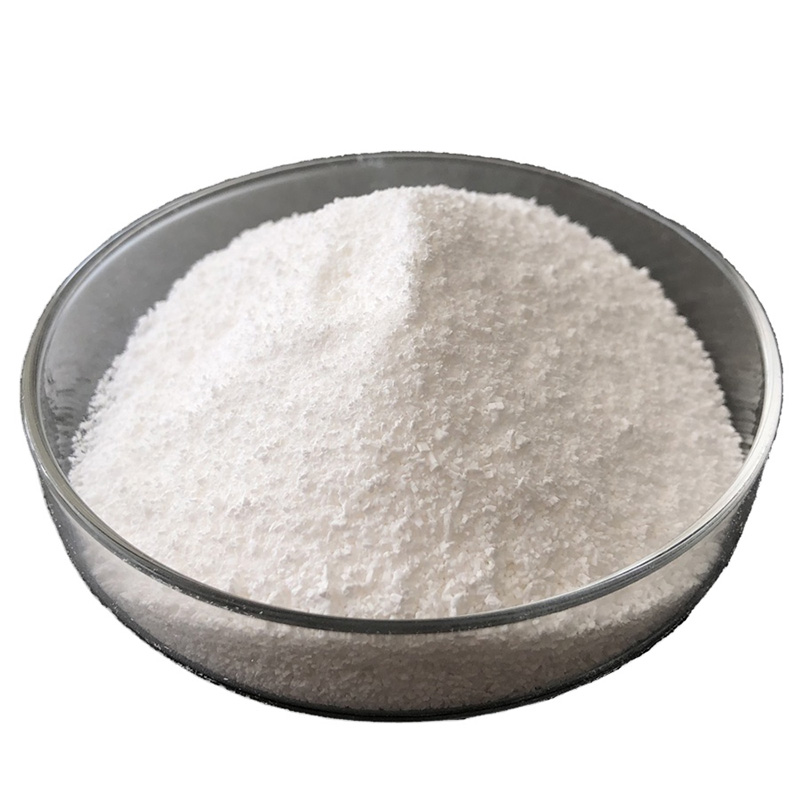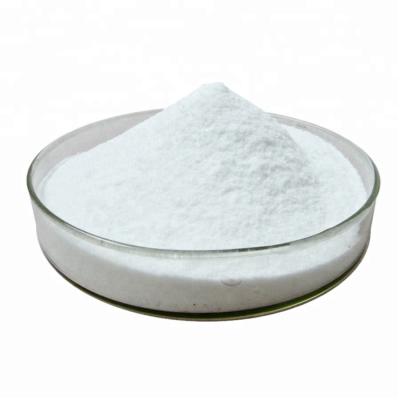The Epoxiconazole Triazole Fungicide
Common name: Epoxiconazole
Chemical name:
1-[[3-(2-chlorophenyl)-2-(4-fluorophenyl)oxiran-2-yl]methyl]-1,2,4-triazole
Molecular formula: C17H13ClFN3O
In particular, the substance inhibits the metabolism of fungi cells infesting useful plants, and thereby prevents the growth of the mycelia (fungal cells).
Product description:
Epoxiconazole is a fungicide active element from the magnificence of azoles evolved to defend vegetation. especially, the substance inhibits the metabolism of fungi cells infesting beneficial plants, and thereby prevents the growth of the mycelia (fungal cells). epoxiconazole also limits the producing of conidia (mitospores). epoxiconazole become introduced to the marketplace thru basf se in 1993 and can be located in many products and product mixtures concentrated on a large wide form of pathogens in various plant life. flora are, for example, cereals (mainly wheat, barley, rye and triticale), soybeans, banana, rice, espresso, turnips, and crimson in addition to sugar beets.
Common name: Epoxiconazole
Chemical name:
1-[[3-(2-chlorophenyl)-2-(4-fluorophenyl)oxiran-2-yl]methyl]-1,2,4-triazole
Molecular formula: C17H13ClFN3O
Structural formula:

Molecular weight: 329.76
CAS No. : 135319-73-2
Physical and chemical properties:
Density: 1.394g/cm3
Melting point: 136.2°C
Boiling point: 463.085°C at 760 mmHg
Flash point: 233.866°C
Vapor pressure: 0mmHg at 25°C
Solubility in water (20°C): 8.42mg/L
Solubility (g/100ml, 20°C): acetone 14.4, dichloromethane 29.1, acetonitrile 7.0, ethyl acetate 9.8, n-heptane 0.046, isopropanol 1.2, methanol 2.8, n-octanol 1.1, toluene 4.4.
Stability: No hydrolysis for 12 days under the conditions of pH 7 and pH 9.

Product description:
Epoxiconazole is a fungicide active ingredient from the class of azoles developed to protect crops. In particular, the substance inhibits the metabolism of fungi cells infesting useful plants, and thereby prevents the growth of the mycelia (fungal cells). Epoxiconazole also limits the production of conidia (mitospores). Epoxiconazole was introduced to the market by BASF SE in 1993 and can be found in many products and product mixtures targeting a large number of pathogens in various crops. Crops are, for example, cereals (mainly wheat, barley, rye and triticale), soybeans, banana, rice, coffee, turnips, and red as well as sugar beets.
Usage:
World food supply is projected to face additional stress in the future; within the next decade cereal demands in Europe alone are expected to increase by 21%, while production is projected to increase by only 7%. At the same time, two main cereal diseases, leaf blotch (Septoria tritici) and rust (Puccinia triticina), are responsible for up to 30% yield losses. Failure to adequately control these diseases would affect both food availability and food quality. Although not used commercially for insect control, epoxiconazole exhibits a strong anti-feeding effect on the keratin-digesting common clothes moth larvae Tineola bisselliella.
Submitted successfully
We will contact you as soon as possible




